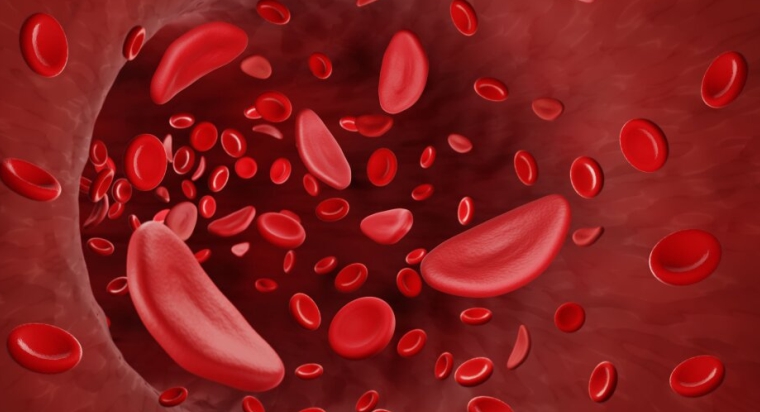Do you know that every year at least 3000 children are born with sickle cell disease in the United States? As the need to raise awareness about sickle cell disease increases, healthcare organizations are putting together campaigns, outreaches, and events to sensitize the general public about the disease.
Here is every important detail you need to know about sickle cell disease.
What is Sickle Cell Disease?
Sickle cell is a hereditary blood disorder that affects a class of body cells called red blood cells. On a normal day, red blood cells are round in shape and they transport oxygen around the body. However, the case is different for a person who suffers from sickle cell anemia.
Victims of sickle cell anemia have red blood cells shaped in the form of a ‘C’ and share a resemblance with the farm tool called the sickle, hence the name “sickle cell.” The red blood cells also have abnormal hemoglobins which causes them to be hard and sticky. The result of this occurrence includes the early death of red blood cells in the body, body pain, and infections.
Types of Sickle Cell Disease
There are several types of sickle cell disease.
- Sickle cell anemia (SS)
Sickle cell anemia occurs when a child inherits one beta-globin gene from both parents (SS). This particular variant is more common among Africans and Indians.
- Sickle haemoglobin-C disease (SC)
This variant of sickle cell disease occurs when an individual inherits hemoglobin C and hemoglobin S. The symptoms of this sickle cell disease are very similar to sickle cell anemia but less intense. It is usually found in people of west African, Mediterranean, and middle eastern origin.
- Sickle Beta-plus thalassemia
Sickle Cell Beta-plus thalassemia occurs when a child inherits the hemoglobin S from one parent and the gene for beta thalassemia from the other parent. Beta thalassemia is another type of blood abnormality and it has two types: zero (HbS beta 0) and plus (HbS beta +). This variant is less severe and is found more in people of Mediterranean and Caribbean descent.
People who have other rare types of sickle cell disease such as Haemoglobin Sickle D, E, and O all inherit one hemoglobin “S” gene and one gene for blood abnormalities D’, E’ and O’. HbSD and HbSO are common in Asian, Latin American descents and Arabian, North African, and Eastern Mediterranean descents.
Symptoms of the disease
Depending on the type of sickle cell disease, symptoms might vary. However, here are the more common and prevalent symptoms.
- The average red blood cell lives for about 120 days before it is replaced. However, the presence of the disease reduces the life to about 10-20 days. This causes a shortage of blood, lack of oxygen/difficulty breathing, pale skin, and fatigue
- Acute chest syndrome (ACS).
ACS is one of the most common reasons why victims of sickle cell disease get hospitalized. It occurs when red blood cells clog or block blood vessels in your lungs. The results of such include cough, fever, sudden pain in the chest region, and difficulty with breathing.
Other symptoms of the sickle cell include;
- Eyesight problems.
- Consistent infections.
- Priapism or painful erections.
- Leg ulcers and swelling in the limbs.
- Pulmonary hypertension.
- Chronic kidney disease.
Is having sickle cell disease the same as having a sickle cell trait?
There is a clear difference between people with a sickle cell trait (SCT) and people with sickle cell disease (SCD).
People with SCT have or inherit one normal gene represented as ‘A’ and one hemoglobin ‘S’ gene from their parents while those with SCD inherit two hemoglobin genes (SS) from their parents. The difference between the two are the genes inherited.
People with SCT do not usually experience any symptoms of Sickle cell disease except on rare occurrences where they might face health challenges when their body is placed under consistent stress. However, people with SCT can transfer the hemoglobin ‘S’ to their children.
Understanding sickle cell disease can make a major difference in improving the quality of your friends, family, or loved ones living with the condition. Identifying the diseases makes it easier for patients to engage in treatment early, avoid possible triggers and manage their health cautiously. You can find out more, speak to a medical expert, or get access to the best healthcare for pulmonary diseases by contacting us here.



 Translate
Translate

